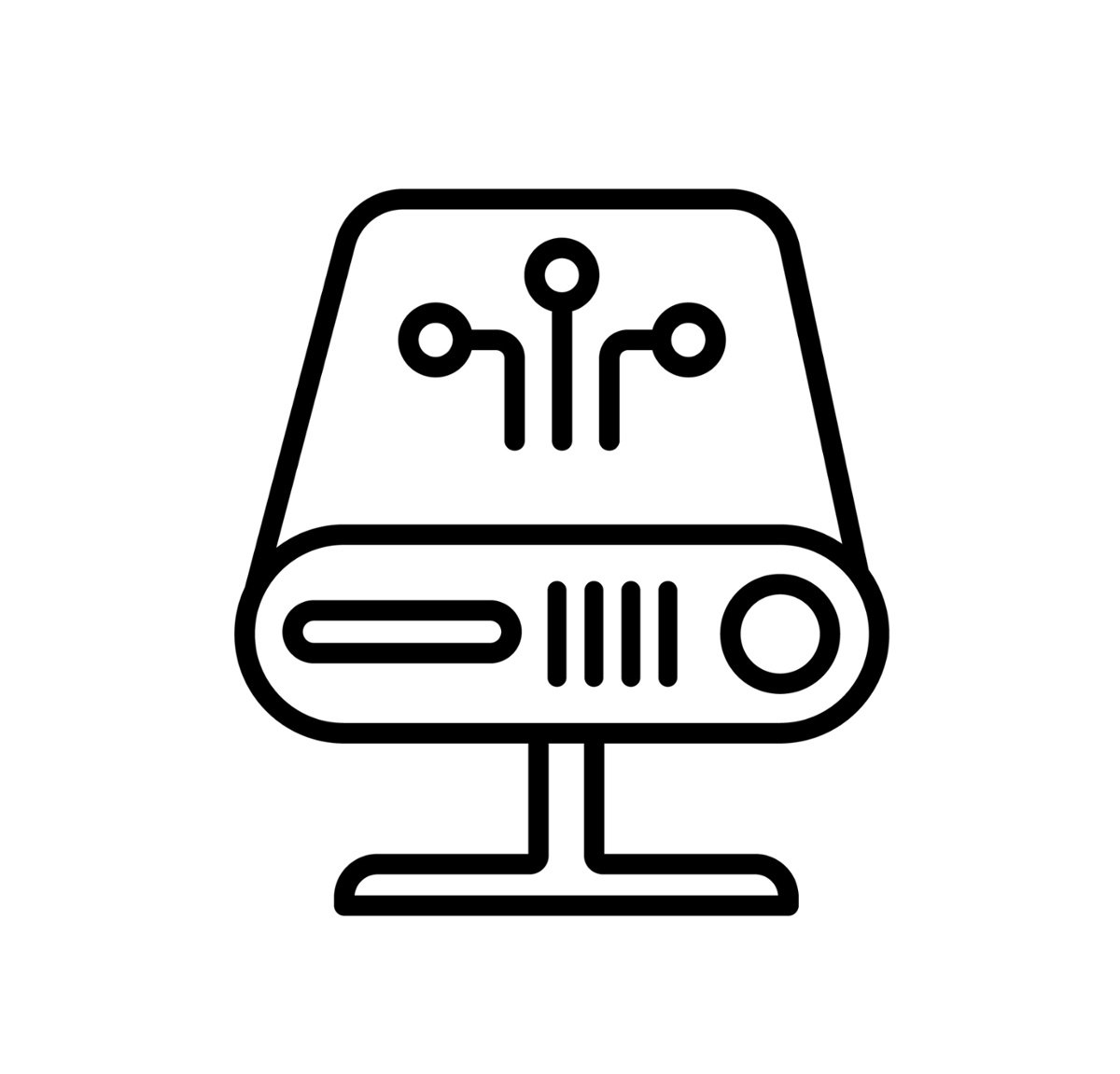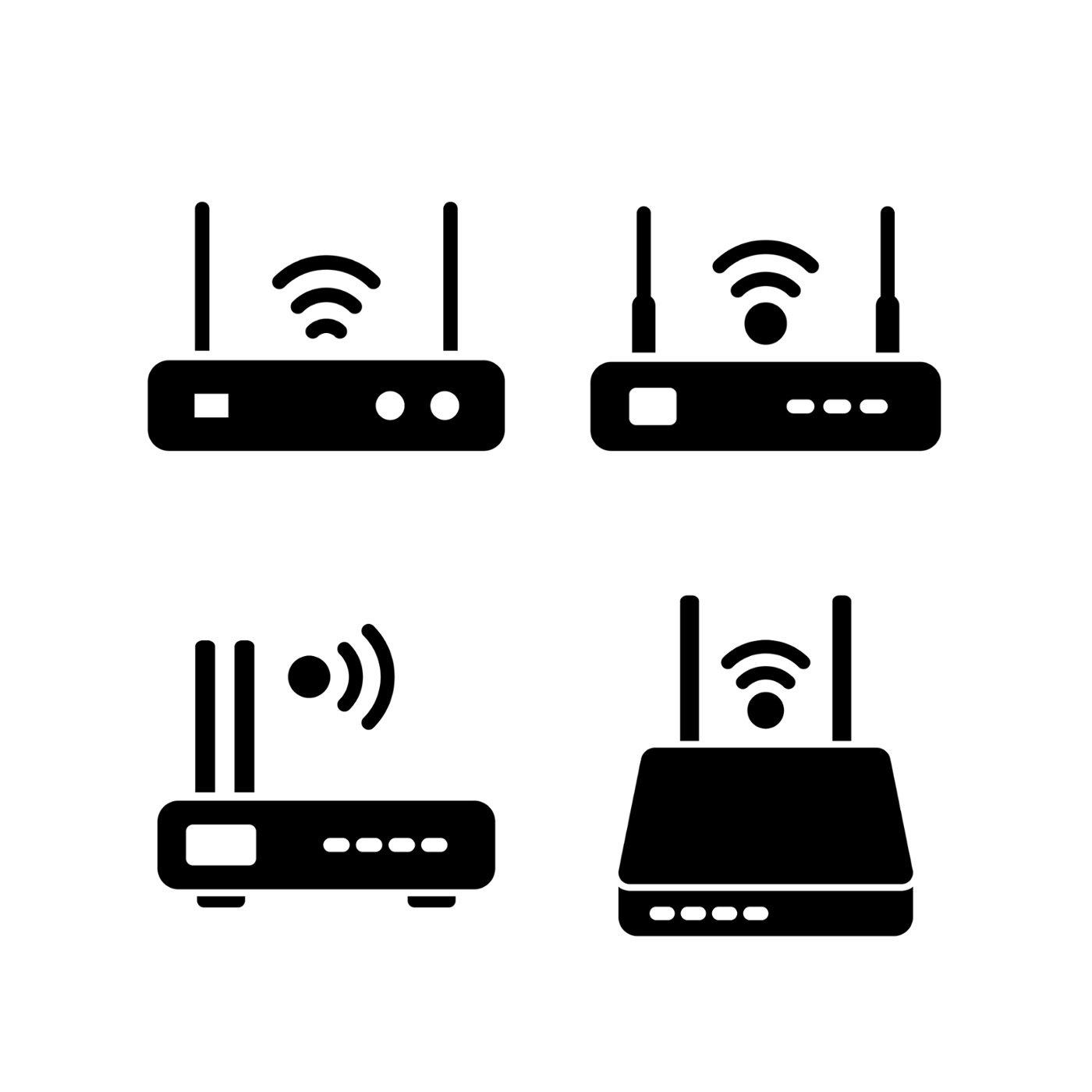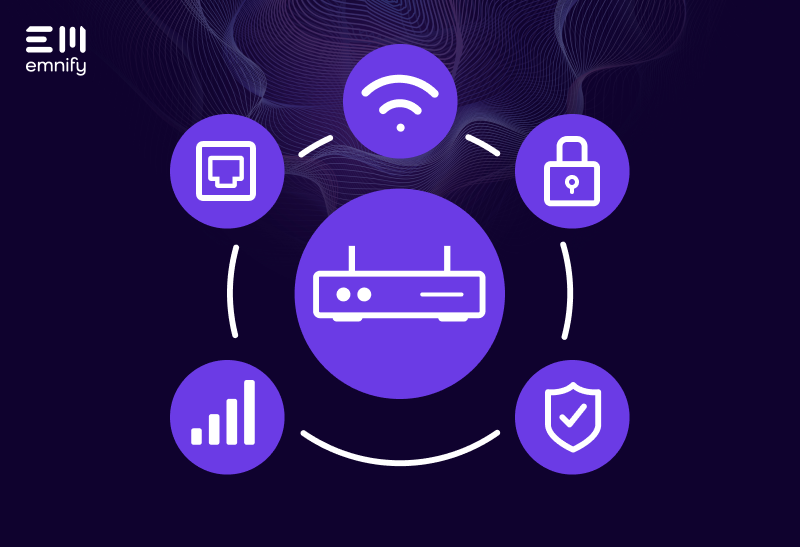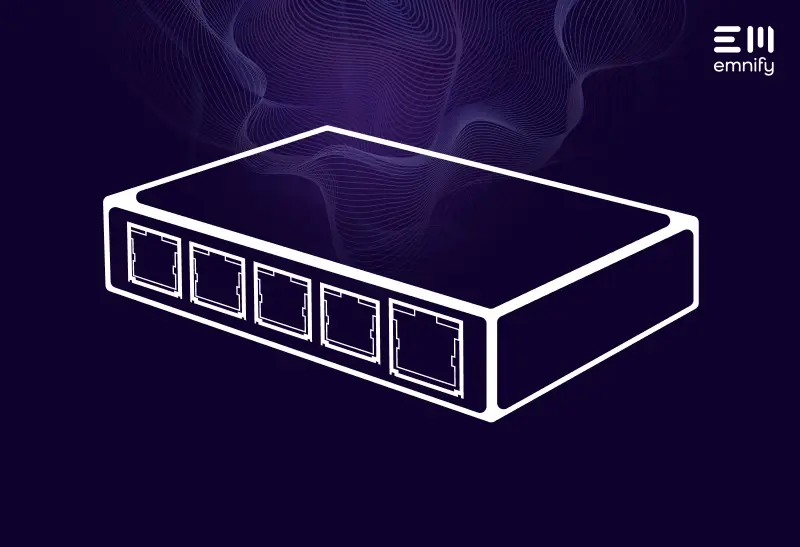

Quick definition: An IoT gateway is a network component that acts as a translator between IoT devices and other network entities such as servers, applications, and other devices. The IoT gateway’s main function is to translate data packets from one protocol to another to ensure the transmission is readable by the intended recipient. But IoT devices often have limited data throughput and battery power, so IoT gateways play other critical roles, including adding layers of security the device itself can’t handle.
Some IoT devices, like smart meters, are often so distributed that they’re difficult to access, and they need to last for many years in the field. So manufacturers give them minimal capabilities and optimize them for maximum battery life. In cases like this, an IoT gateway enables the devices in the field to remain secure throughout their lifecycle and communicate with the utility provider’s analytics and billing applications.
Not every IoT application needs a gateway. But it’s worth understanding what gateways are, their role in large-scale machine-to-machine communications, and when they may be necessary for your devices.
How important is an IoT gateway?
Protocols are a lot like languages. They govern how devices interact, what they can communicate, what they understand, and the format in which they communicate. When two network entities don’t share protocols, they don’t understand each other.
The IoT protocols you use significantly impact your device’s power consumption, data throughput, security, and capabilities. Battery-powered devices often need to be lightweight and efficient to ensure they last, which limits the protocols they can support to interact with other network entities. In these instances, an IoT gateway may be necessary to add mission-critical functionality, valuable new capabilities, or layers of security the device’s protocols can’t support, such as a firewall. They can also provide redundant forms of communication and store and forward data in case of an outage.
For example, in smart meter communication, IoT gateways can enable a building automation system to control utilities like heating and cooling based on resource consumption. The building automation system interacts with the gateway, which translates commands into formats the meters understand and translates smart meter data into formats the building automation system understands.
Some IoT networks also require gateways in order to function, such as LoRa-based networks.
How does an IoT gateway work?
The specifics of how an IoT gateway works depends on the network, protocols, and devices involved, but the core concepts are generally the same.
When an IoT device is sending data:
- The IoT device transmits data to the gateway (periodically or in real-time).
- The IoT gateway translates the data packets into the appropriate format for any recipients.
- These recipients receive the data, possibly in different intervals from the ones the device originally sent that data in.
When an IoT device is receiving data:
- A network entity transmits data to the IoT gateway.
- The gateway translates the data into a format the device can receive.
- (Often) the IoT gateway will add a security buffer by authenticating and validating the data received.
- The gateway relays the reformatted data to the IoT device.
What’s the difference between an IoT gateway and an IoT router?
Traditionally, routers get data to its intended destination, while gateways make sure that when the data gets there, it’s understood.
A gateway translates data packets from one protocol to another in order for network entities that use different protocols to communicate. A router directs packets from one destination to another. These distinct functions have typically been handled by separate network infrastructure.
However, it’s becoming more common for a single device to serve both purposes. So in some cases, you may have an “IoT router” that also serves as a gateway, translating protocols and directing packets to their intended destination. To learn more about IoT routers, check out our guide to choosing the best ones.
Keep your IoT gateways connected with emnify
If you’re deploying IoT gateways in remote locations or in buildings that don’t have infrastructure you can utilize, cellular IoT is a reliable connectivity solution. emnify’s global IoT SIM cards enable your devices to connect to more than 540 networks in over 195 countries. Sign up for an trial pack, and we’ll send you two free SIMs with prepaid data plans and 60 days of complete access to our platform.
Start a free trial.
Get in touch with our IoT experts
Discover how emnify can help you grow your business and talk to one of our IoT consultants today!

Joseph Johnson
Joe is an experienced engineer in the field of telecommunication systems, applications and IoT. He is currently supporting the sales team for all things technical and is a valued member of the emnify family.



